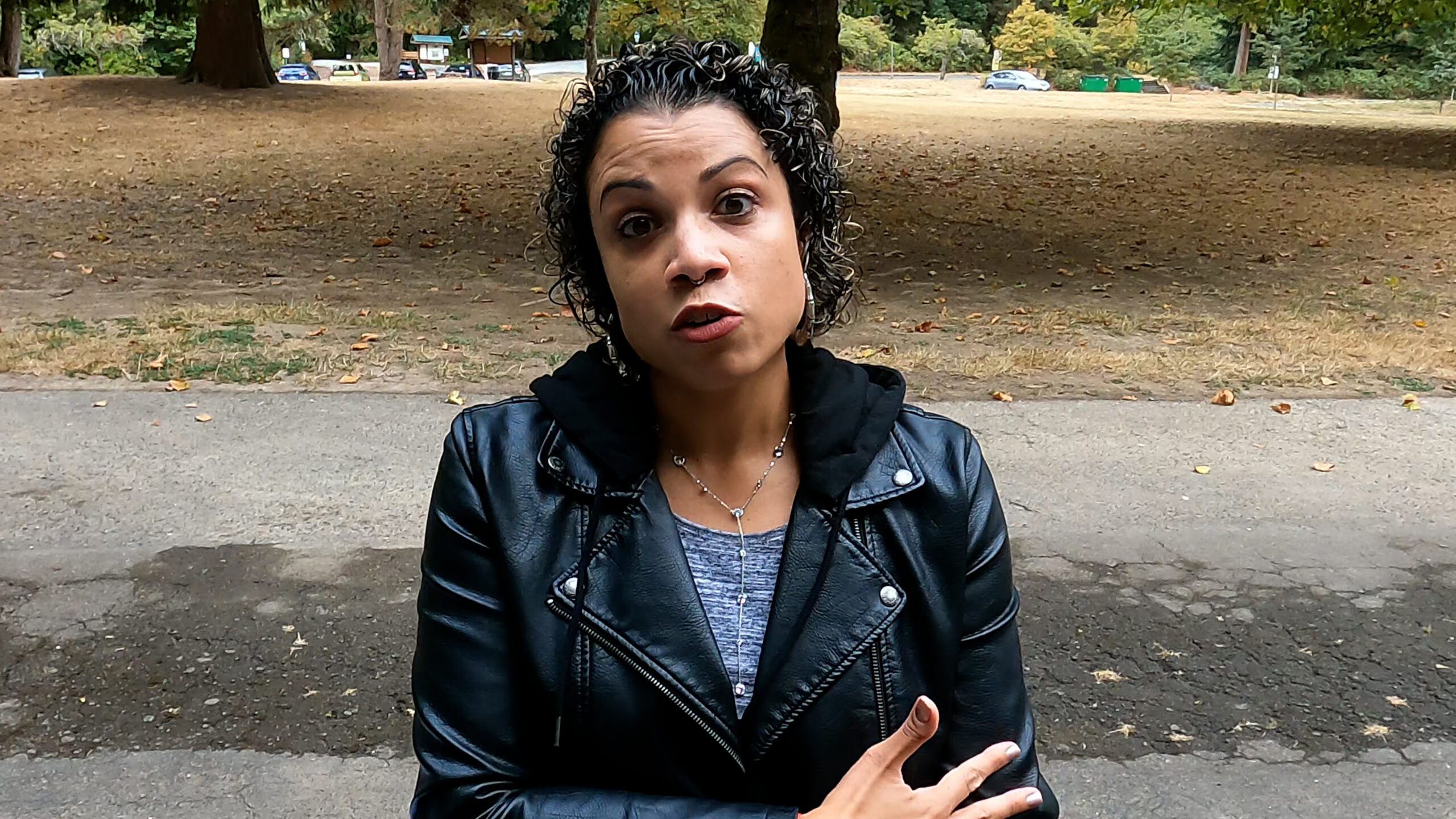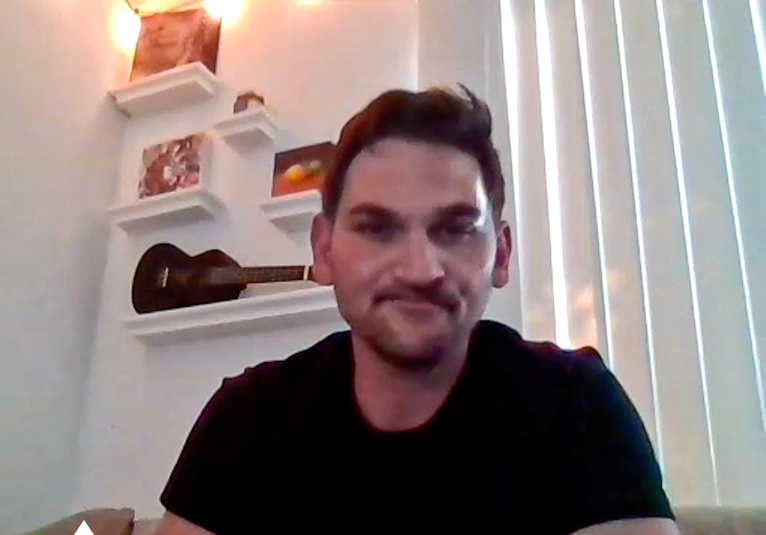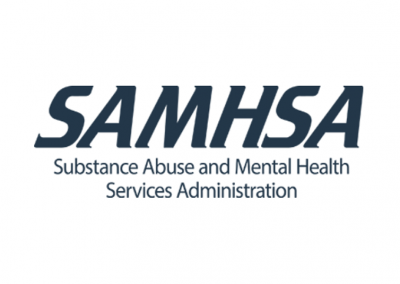Jessica D Routine and Stress Reduction Promote Healing
It can be very helpful, for post traumatic stress or even stress and anxiety and depression in general, to try to get back to your routines and reduce your overall stress levels. In my example, after I witnessed that traumatic life event, I went to work. I clocked in, I went into my office, I told my story quite a few times because I texted my coworkers I witnessed a stabbing and that I might be late, so they were very curious as to what that meant.
I got the opportunity need to tell my story to my colleagues to receive validation and support for the fear I may have felt, the disgust, the shock. After that I took about an hour or so just to collect myself, engage in deep breathing, drink some coffee and relax for a bit. I ended up seeing my patients because I thought it was important to continue my day as is was routine in order to show my brain and body that that incident that I witnessed is over and now I’m in a safe place and I can proceed with my day as I would like to.
I stayed through the rest of my shift as long as I needed to, but I did decide to go home a little bit earlier. Luckily I have retired parents who were able to come and pick me up and I didn’t have to wait for the bus. I got to ride home with folks that I love and trust and get more support and tell my story again from beginning, middle to end to get more support so I could go home and I could relax for a little bit.
I’m a pretty avid exerciser, and I decided to exercise which may seem counterintuitive because exercise can feel stressful, but exercise is a great way to release stress, to get some endorphins to help uplift your mood and there’s something about exercise and stress that helps the body to shift out of a more stressful fight or flight cortisol driven state to rest and digest, which is the opposite state.
I was able to do my day as I normally would, but I did take some time off just to relax, do something that I enjoy. After that I took my daughter to soccer practice like I usually do, and had the opportunity to tell her my story. Maybe not in as much detail, but just to let her know that things like that happen to people and it’s okay to share it, and it’s okay to feel big feelings, a mix of feelings and think lots of different thoughts about it – and that’s okay.
If exercise isn’t something that’s readily available for folks or maybe something they’re not really that into, things like deep breathing and progressive muscle relaxation can be very helpful and can lead to similar results. There’s a lot of ways to deep breathe. YouTube is a great resource. If you type in things like deep breathing or paced breathing, you get a lot of hits.
From my perspective, the main thing I would recommend for deep breathing is breathing in through your nose and out through your mouth and seeing if you can make your exhale longer than your inhale. Some people use the analogy or the reminder to smell the flowers and then blow out the candles to remember which way to inhale, and which way to exhale. But again, there’s tons of guided breathing exercises on YouTube and also an apps like Calm Headspace, Insight Timer, Smiling Mind, and the many others that are out there.
Progressive muscle relaxation is also built into a lot of those apps, as well as on YouTube. That’s where you go through the different muscle groups all over your body and you actively tense them and then you release, focusing on the feelings you feel in the tension and then the feelings that you feel in the relaxation.
Oftentimes, if you do this through a guided exercise like on YouTube or the apps, the persons are also guiding you in deep breathing. So it’s a very mindful exercise, and by the end of the exercise, one should feel pretty tired or fatigued to relax. Some people call it the wet noodle exercise because you end up feeling like a wet noodle after you do it.
Lastly, I would encourage folks to take care of themselves. Thinking of the brain and body as a whole and the things that we can do each day to help ourselves stay healthy. That could be things like eating well, eating regular meals, whether it’s three meals a day, five or six meals a day. However, one’s body responds to it, staying hydrated with drinking enough water each day. I also encourage folks to maybe limit caffeine, alcohol, refined food, sugary foods. Those things just naturally help you to feel better overall. But at this stage, if you’ve experienced something traumatic, whether personally or witnessed, it’s good to take extra special care of yourself for the time being.
Also to try to get as best sleep as you can. That can be tricky just in general, but I usually encourage folks to go to bed at a certain time each night, even on the weekends. Also, creating routines that help the body and brain recognize that now is the time to go to sleep – sleeping in a dark room, a cool room. And, having rituals that you do to help you relax – like taking hot showers or baths, drinking tea, reading a book, watching a show, listening to music, anything that helps your body and brain to recognize that this is the time to relax and go to sleep. I find that those things can help us feel good overall, but also can really aid in the process of recovering from post traumatic stress. I find that those things can help us feel good overall, but also can really aid in the process of recovering from post traumatic stress.
Now, if someone’s symptoms of post traumatic stress, like I had discussed earlier, the intrusion, which is like triggering; avoidance, which is the urge to avoid persons places or things that remind them of what happened; the changes in thoughts in mood, which again might be similar to like depression, but also some thoughts about ourselves in relation to the trauma; and lastly, the arousal symptoms, which can be like stress and anxiety and feeling more fearful and weary.
If those continue and start to impact day to day living – like making it hard to get to work on time or get to work at all, maybe not as committed or engaged in school, not engaging in hobbies interests, isolating from family members, friends or romantic partners – or if they worsened beyond that, like thoughts of suicide or urges to self harm or increase use of substances like alcohol or other drugs, that might be a good time to reach out to your insurance to see if you can find a provider who’s within network and in your area.
Turning to your primary care or family physician for a referral to services or touching base with your employer or your human resources department or Employee Assistance Program (EAP) resources – any first step you take can lead you to feel a lot better and get you on a path towards healing.










